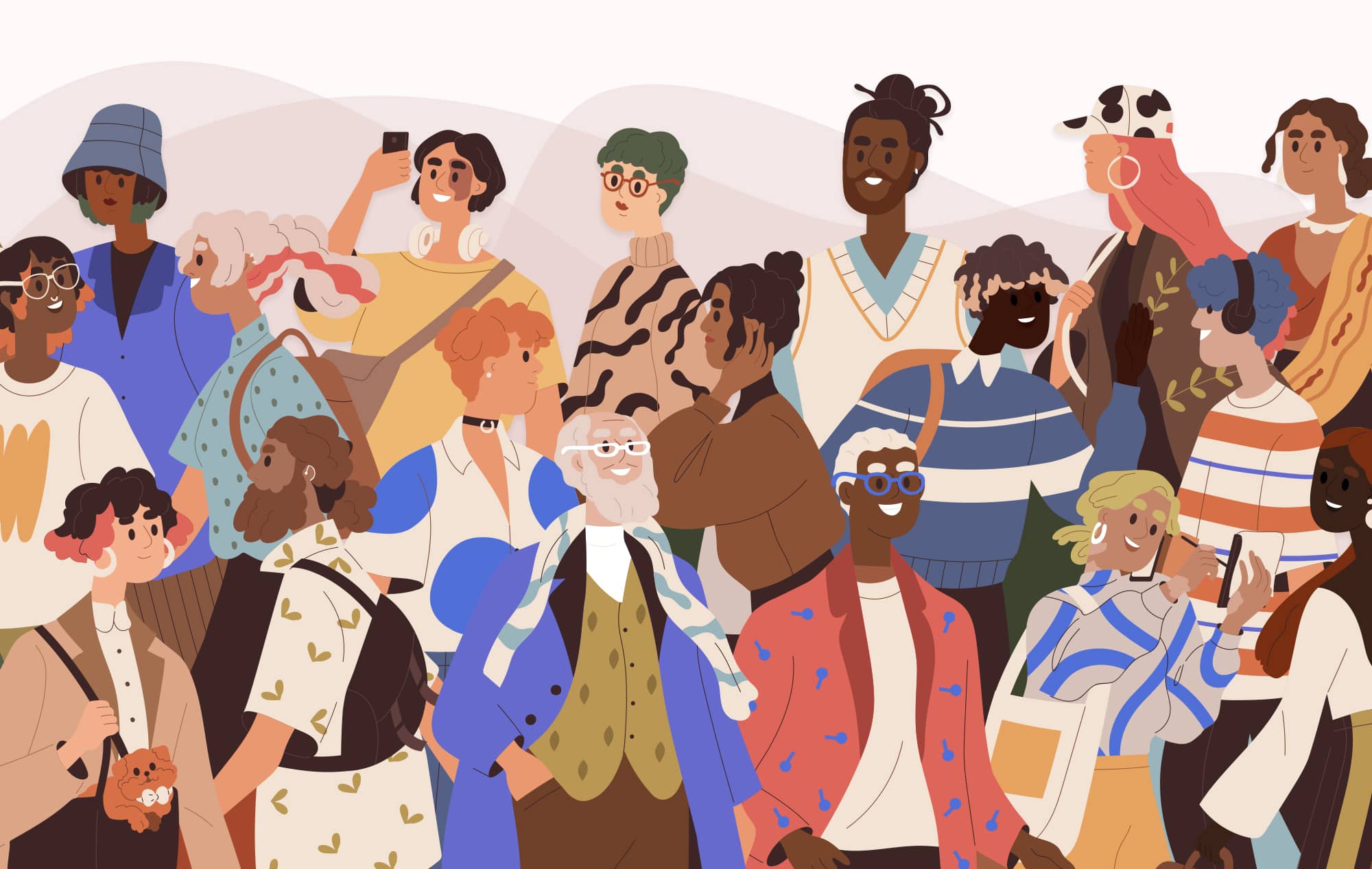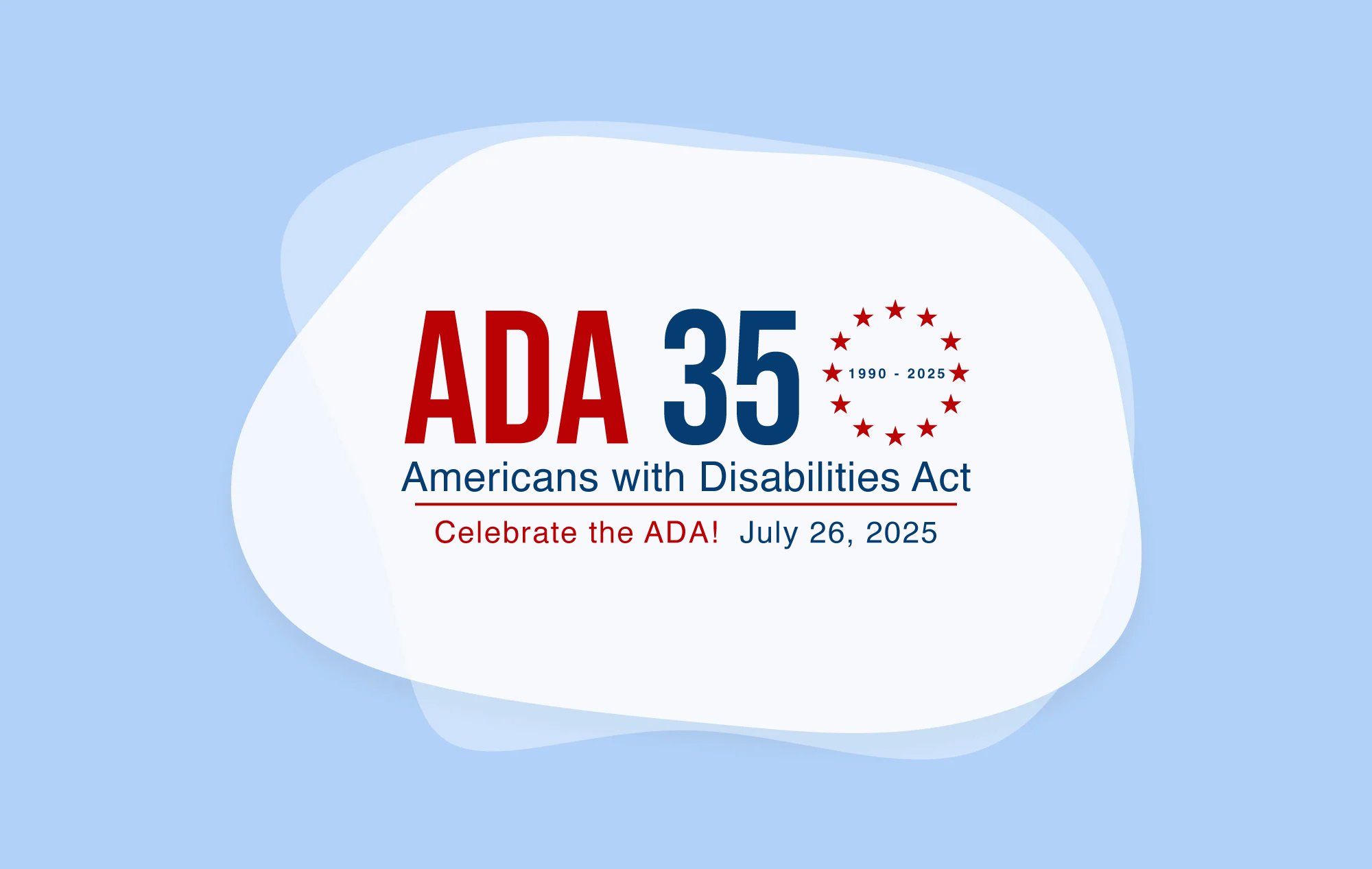For people with speech and language disorders, verbal communication can be a daunting and often isolating experience.
Better understanding the daily challenges they experience and providing alternate means of communication can help build more inclusive spaces—especially in situations in which speech or public speaking is traditionally required.
What Challenges Do People With Speech and Language Disorders Regularly Face?
Those who have trouble articulating themselves can face severe social stigma and even prejudice, including harmful false prejudices.
John Moore, 51, a marketing strategist and keynote speaker for the consultancy firm Brand Autopsy, has lived with a stutter for nearly his entire life and knows first-hand how ignorance can drive misguided notions of people with speech disabilities.
“It comes down to being stigmatized,” Moore tells InclusionHub. “People with speech difficulty get stigmatized for being less intelligent, less educated and less capable. Those false assumptions of people who stutter can lead to prejudice and discrimination, based solely on this one characteristic.”
Speech and language disorders can deeply impact everything from people’s professional lives to their self-esteem and overall quality of life.
“You start to see people perceive you in a certain way based solely upon how you talk, it has an impact on you. It has an impact on the things that you choose to do and choose not to do. It has an impact on you finding career success, finding love, finding any type of rhythm in your life just because you live a very disfluent life in how you speak,” Moore says.
“People who stutter, or those who have disfluent speech, we know exactly what we want to say, it just may potentially take us longer to say it,” he adds.
“It’s difficult, because if you look at me right here, you would have no idea, but when I open my mouth...People need to understand that stuttering is a difference not a defect. It’s a characteristic, not a flaw.”
As a keynote speaker, Moore has forced himself to acclimate to public speaking as a way to overcome his self-consciousness while also helping his audience understand that his speech disfluency doesn’t impact his proficiency or the value that he can bring to a given situation.
“Just because I may speak disfluently, that doesn’t mean I may not be hyperfluent in other aspects of my life,” Moore explains. “For a long time I felt encumbered by my speech, but I’ve learned to manage my stutter instead of my stutter managing me.”
To that point, Moore considers public speaking a form of revenge against his stutter, and a way to rebel against the social stigma usually associated with speech and language disorders.
“Overcoming your stutter doesn’t mean becoming fluent,” he says, “it means becoming more accepting of yourself as a person who stutters, which tends to open more doors rather than closing them when you feel confined.”
The Size & Scope of the Speech and Language Disorder Community
Speech and language disorders are widespread, affecting approximately five to 10 percent of people in the United States, with roughly five percent of children exhibiting noticeable signs of speech disorders by the first grade, according to the American Speech-Language-Hearing Association (ASHA), a professional organization with 218,000 members.
Additionally, there are more than 7.5 million people in the United States who have trouble using their voices, according to the National Institute on Deafness and Other Communication Disorders (NIDCD).
Stuttering, one of the most common speech disorders, impacts an estimated 3 million Americans. It can most commonly occur in young children who are still developing language skills, and is about three to four times more prevalent in males than females.
Along with stuttering, stammering, childhood and adult apraxia, dysarthria, and aphasia are among the most prevalent speech and language disorders in the United States. Simply having an awareness about such disorders and understanding how to accommodate people’s needs is an important step in creating a more inclusive environment.
Supportive Groups & Resources for Those With Speech Difficulties
There are a number of groups and organizations around the country that provide support and resources to those with speech disorders.
Moore is a member of the National Stuttering Association (NSA), which he credits with helping him and others navigate life with a speech disorder.
“What makes the NSA special is that they have over 200 supportive groups for adults, children, teens and families,” he says. “They provide emotional care and mutual help and encouragement… It’s not about trying to fix your stutter, it’s about trying to fix how you view your stutter.”
The following is a brief list of prominent nonprofit support and advocacy organizations for those with speech and language disorders:
- The American Speech-Language-Hearing Association (ASHA): A national professional, scientific, and credentialing association providing resources and information regarding speech and language disorders.
- Speech Buddies: A support group for parents of children with speech or language disorders.
- National Stuttering Association: The largest non-profit organization in the world dedicated to providing support, education, advocacy, and research for children and adults who stutter.
- Lingraphica: Offers support for communication disorders including Apraxia and Dysarthria.
- ICommunicate: Supplies speech, language and communications therapy information, activities and products.
- SPEECH PATHways: Offers speech and language services and resources, as well as a directory for other support providers.
How to Encourage Understanding & Acceptance for Those With Speech and Language Disorders
Because of the inherent stigma society attaches to those with speech disorders, many people prefer to communicate through text-based messaging, where they can better articulate themselves without being self-conscious.
“Digital features have so many beautiful things about it,” says Moore, “but still when there are aspects that require you to talk, that’s where the challenges come into play that might prevent me from fully participating. Communicating through email, through texting, through messaging, for people with disfluent speech is very useful.”
“The good thing about using digital spaces is you get to collaborate through typing,” he adds. “Think about working with a project team using Slack to coordinate, to get your ideas out there, to be able to interject and clearly articulate what your ideas are.”
Providing opportunities for non-verbal communication and normalizing such platforms can help people with speech and language disorders feel more accepted and improve confidence.
Read our guide “Developing Digital Inclusion & Usability Strategies for People With Speech & Language Disorders” to learn more about speech disorders and how you can develop meaningful digital accessibility strategies. For comprehensive information on how to make websites more accessible for everyone, visit the InclusionHub directory.






Leave a Comment